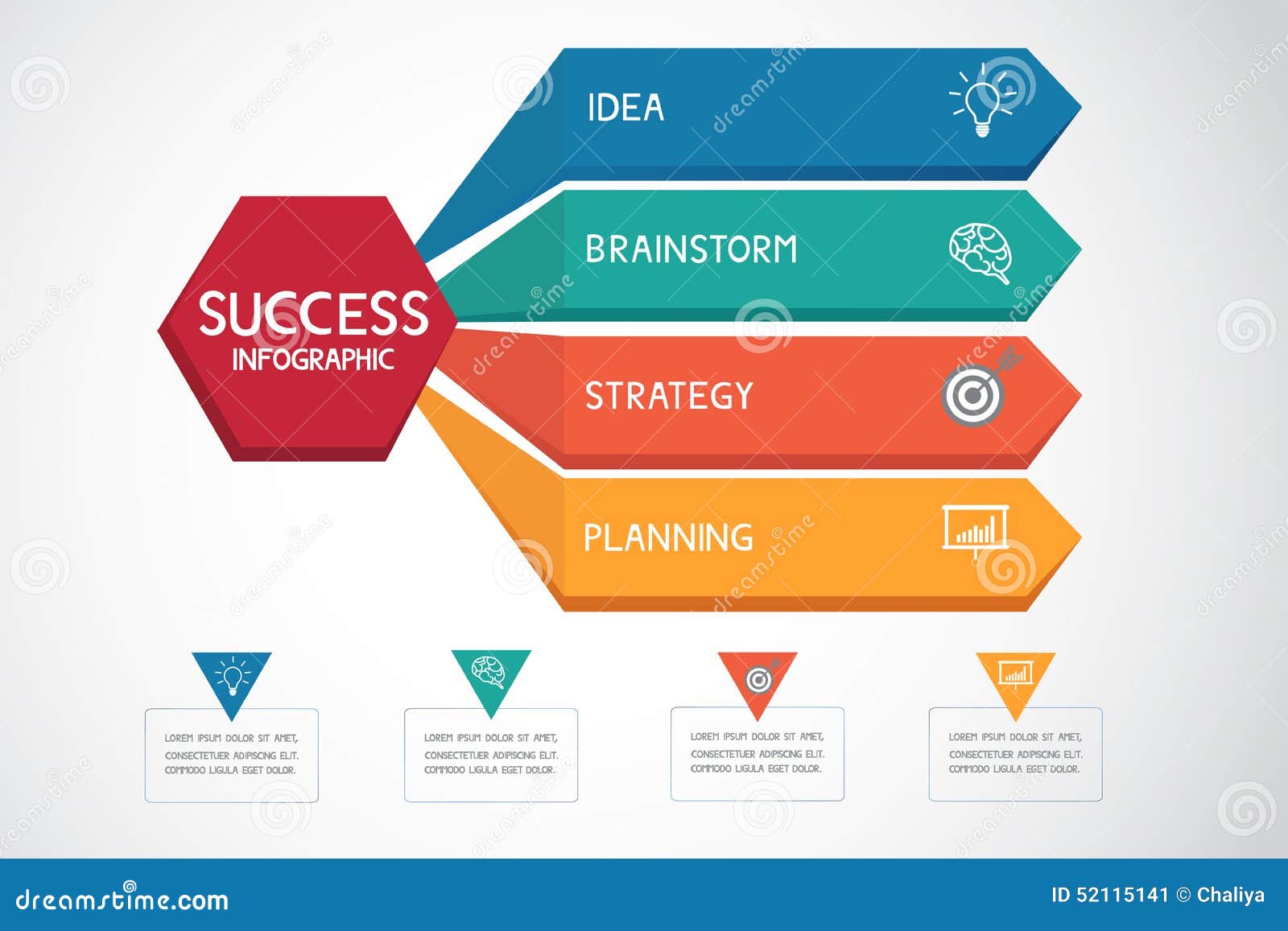Interested In Learning Just How Website Style Has Altered Throughout The Years? Check Out The Journey
Interested In Learning Just How Website Style Has Altered Throughout The Years? Check Out The Journey
Blog Article
Authored By-Rasmussen Stender
In the past, web sites were basic and concentrated on details. Navigating was direct, and design was for desktops. Currently, individual experience is essential. Data guides styles for easy navigating. Responsive designs fit various tools. Today, dark mode decreases stress, and minimal food selections enhance navigation. Interactive functions engage customers, and vibrant visuals stand out. AI combination increases interaction. See just how design has evolved to boost your online trip.
Early Days of Website Design
In the very early days of website design, simplicity preponderated. Web sites were fundamental, with minimal colors, typefaces, and formats. The emphasis was on supplying information as opposed to fancy visuals. Individuals accessed the internet with slow-moving dial-up connections, so rate and capability were vital.
Navigation menus were straightforward, typically located at the top or side of the page. Sites were developed for desktop, as mobile surfing wasn't yet common. Content was king, and designers prioritized simple readability over complicated design aspects.
HTML was the main coding language made use of, and designers had to function within its constraints. Animations and interactive attributes were marginal contrasted to today's standards. Internet sites were fixed, with little vibrant web content or personalized user experiences.
Increase of User-Focused Layout
With the evolution of web site style, a shift in the direction of user-focused design principles has actually ended up being significantly prominent. Today, producing sites that focus on customer experience is critical for involving site visitors and achieving organization objectives. User-focused layout entails comprehending the needs, choices, and actions of your target audience to tailor the site's layout, content, and features appropriately.
Designers currently perform comprehensive research, such as user surveys and use screening, to collect insights and feedback directly from individuals. This data-driven method aids in developing user-friendly navigating, clear calls-to-action, and visually enticing interfaces that resonate with site visitors. By placing the customer at the center of the style procedure, websites can supply an extra customized and pleasurable experience.
Receptive style has actually also emerged as an essential element of user-focused design, making certain that internet sites are optimized for numerous tools and display dimensions. This versatility improves availability and use, dealing with the diverse means users communicate with websites today. Basically, the increase of user-focused style symbolizes a change in the direction of developing electronic experiences that focus on the demands and assumptions of the end customer.
Modern Trends in Website Design
Discover the most recent trends shaping website design today. One prominent pattern is dark setting layout, supplying a streamlined and modern appearance while decreasing eye strain in low-light atmospheres. Another crucial trend is minimalist navigating, simplifying food selections and improving customer experience by focusing on essential elements. Incorporating micro-interactions, such as computer animated switches or scrolling results, can produce an extra engaging and interactive website. Receptive design remains critical, guaranteeing smooth individual experiences across various tools. Furthermore, making use of strong typography and asymmetrical formats can add visual rate of interest and draw attention to specific material.
Integrating AI innovation, like chatbots for customer assistance or customized suggestions, enhances individual involvement and improves procedures. Ease of access has likewise end up being a substantial fad, with developers focusing on inclusive style practices to cater to diverse user demands. Welcoming sustainability by maximizing internet site performance for rate and performance is an additional emerging trend in web design. Collaborating with customer responses and information analytics to iterate and boost design continually is vital for remaining appropriate in the ever-evolving electronic landscape. By embracing these modern trends, you can produce an aesthetically enticing, easy to use website that resonates with your target market.
Final thought
As you review the development of website design from the early days to now, you can see exactly how user-focused layout has actually ended up being the driving pressure behind modern trends.
Embrace https://www.jdsupra.com/legalnews/how-to-build-an-online-law-firm-4896637/ of change and adaptation in website design, constantly maintaining the customer experience at the leading edge.
Keep existing with the most up to date trends and technologies, and never stop progressing your method to produce visually magnificent and straightforward internet sites.
Progress, adjust, and develop - the future of web design is in your hands.
